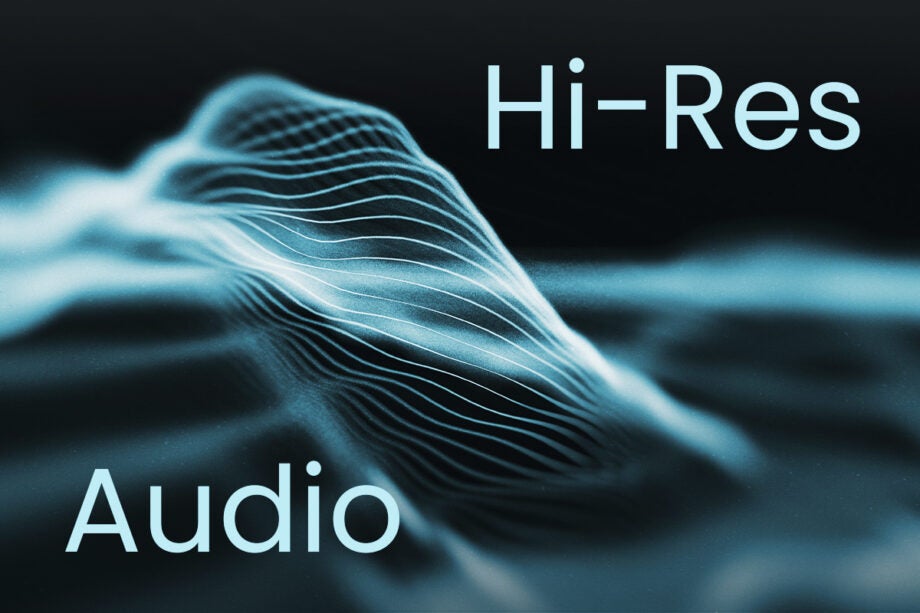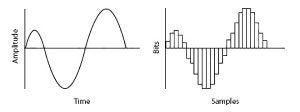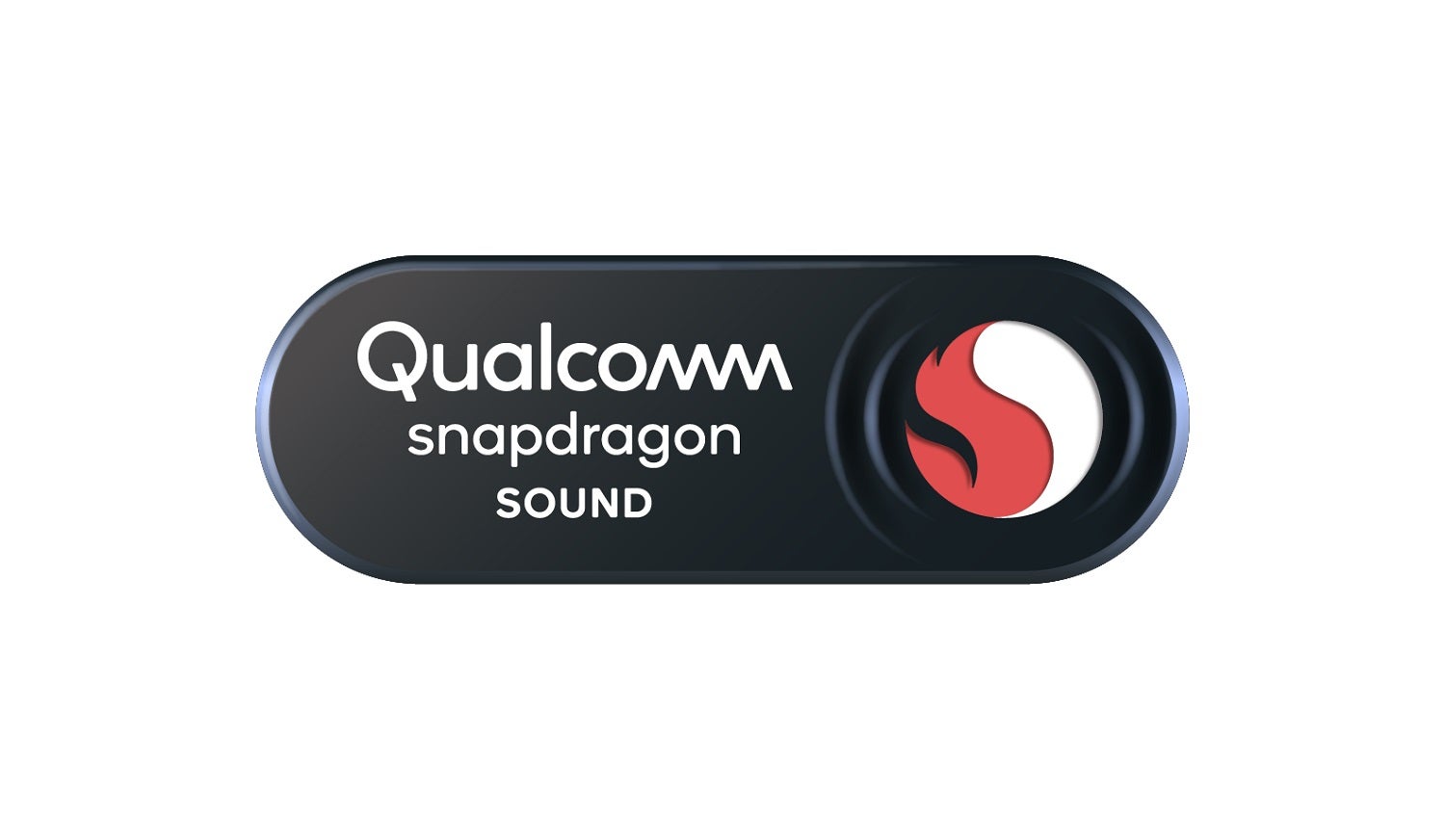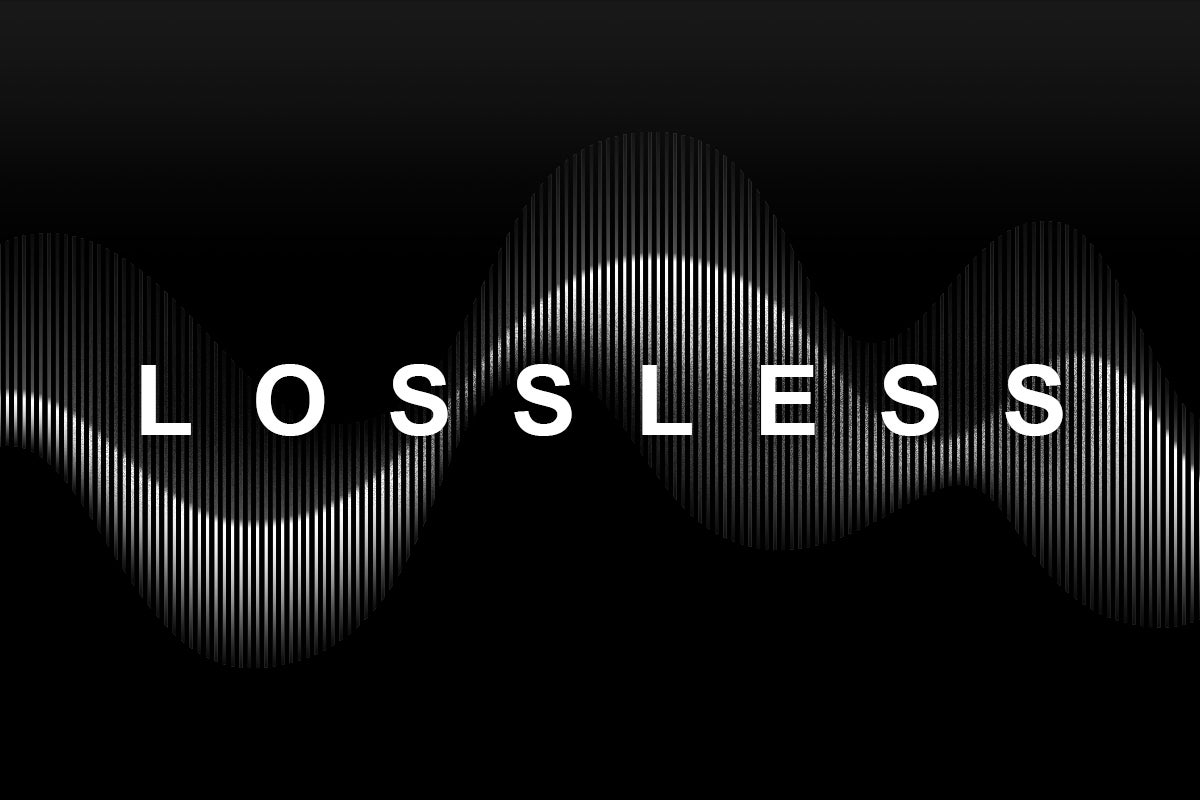What is Hi-Res Audio? HD music explained

Heard about Hi-Res audio and are wondering what the fuss is all about? We’ve broken down what you need to know so you can decide if it’s what your music collection (physical or digital) needs.
Unlike high resolution video there’s no universal standard for high-resolution audio, but in general it’s considered to be any higher than the sampling rates that CD playback offers.
This ‘standard’ was thought up in 2014 when the Digital Entertainment Group, Consumer Electronics Association and The Recording Academy came together to define hi-res audio as lossless audio that can create a full range of sound from recordings that have been mastered from sources better than CD.
What makes an audio file Hi-Res?
So far, we’ve established that a Hi-Res audio file needs to be above CD quality. CDs offer a 44.1KHz sampling rate and 16-bit depth. To explain this in more detail, the data on a CD has 44,100 slices of music information every second, each of which has 65,536 possible gradations.

A 24-bit/96KHz file, for example, has 16,777,216 gradations, with 96,000 slices a second. There are even 192kHz sampling rates offering even more besides.
That’s a lot of numbers to take in, but simply – the higher the bit depth and sample rate, the closer to the the original analogue audio soundwave a digital file can be. The closer it gets, the more likely it is to sound better, though there are a number of elements that affect this, such as your hardware.
What Hi-Res hardware offers are the DACs capable of handling all this extra data. A DAC turns the digital data back into the analogue waveforms that are finally delivered to the speaker drivers and into your ears.
A downside of a hi-res audio file is that it can take up a lot more space, whether that’s a digital file on your hard-drive or through using more bandwidth over a streaming connection.
Meet The Codecs/file formats
Hi-Res Audio doesn’t refer to any one format. It can be packaged in a number of different ways using various codecs.
The most popular and best suited codecs include FLAC, ALAC, AIFF, WAV and DSD. If your file is MP3 or AAC then you’re not listening to a hi-res audio file.
FLAC
FLAC is the most popular lossless format, introduced in 2001. Despite being lossless – which means that none of the music information is lost in the digital transition – it’ll still reduce the size of music files more dramatically than the older WAV or AIFF formats.
ALAC
This is Apple’s own lossless format. It’s open-source just like FLAC, so what’s the benefit of ALAC over FLAC? Audio-wise, nothing, though iOS devices can’t play FLAC files but can play ALAC.
AIFF
If you think FLAC is old, get a load of the 28-year-old AIFF. The issue here is that it’s much less space-efficient than FLAC. The files are pretty large.
WAV
Similar to AIFF, WAV is a long-standing lossless audio format, one much less efficient data-wise than FLAC and ALAC.
DSD
The true audiophile digital format, created by Philips and Sony for use in Super Audio CDs (SACDs). The benefit of DSD is that sampling rates go up to an incredible 2.8MHz or 5.6MHz, which is 64 or 128 times the rate of CD. However, it does so at 1-bit depth, rather than up-to-24-bit rate. So every time it captures audio data, it captures less, but does so with astonishing regularity. 5.6MHz DSD will eat up almost 5GB in an hour.
What about Hi-Res streaming…?
MQA
This is not a traditional codec but a container used to cut down how much data Hi-Res streams consume. It is lossy but was certified as Hi-Res-eligible in 2016.
aptX HD
A new format for Bluetooth streaming supports up to 20-bit 48KHz data, which maker Qualcomm says is indistinguishable from 24-bit, 96KHz to the listener.
aptX lossless
Recently announced, aptX Lossless builds on top of Qualcomm’s aptX Adaptive technology. Part of the Snapdragon Sound family of interconnected wireless technologies, Qualcomm claims it can deliver transmission rates beyond 1Mbit/s and bit-for-bit, so technically there’s no data lost to the listener.
Where can I get/listen to Hi-res audio?
Here are some of the online spots to download high-resolution audio files. There used to be many but a few have fallen by the wayside such as HD Tracks and Acoustic Sounds. Some have risen to replace them.
HD Tracks – A site offering music from a wide array of genres, downloadable as albums or, sometimes, singles. You can choose format and bit-depth/sample rate.
Qobuz – From £10.83/month you can stream tracks at Hi-Res quality.
Amazon Music HD – Offers over 60 million songs available in lossless CD quality (16-bit/44.1kHz) and another two million in high res that range between 24-bit/44.1Khz and 24-bit/192kHhz.
ProStudioMasters – This boutique store offers a relatively small selection of albums. Most albums are delivered in a choice of FLAC and AIFF, but there’s also some DSD stuff on there.
7Digital – Still going, though slightly tricky to find since it also offers B2B music services. This service offers albums in 16-bit FLAC to 24-bit FLAC for pretty solid prices.
TIDAL – Streams at CD quality and above with its Tidal Masters tier (around 24-bit/96kHz via the desktop app). You have to be a HiFi subscriber at £19.99/month to get access though. Also serves up Dolby Atmos Music and Sony 360 Reality Audio.
Is Hi-Res Audio Worth It?
Hi-Res Audio is now more accessible than it’s ever been. But is it really worth the extra cost? There’s more to consider here than just the audio files themselves.
A CD-quality file through a great pair of headphones or speakers is going to sound a good deal better than a 24-bit 192KHz file through a so-so pair. Hi-Res audio may not be the same as buying £1000 speaker cables, but at times it does get close to becoming the modern equivalent.
However, it is a reminder to check what you’re listening to. If your music collection is filled with dodgy MP3s from the days of yore, it’s probably time to give your digital library a spring clean.





